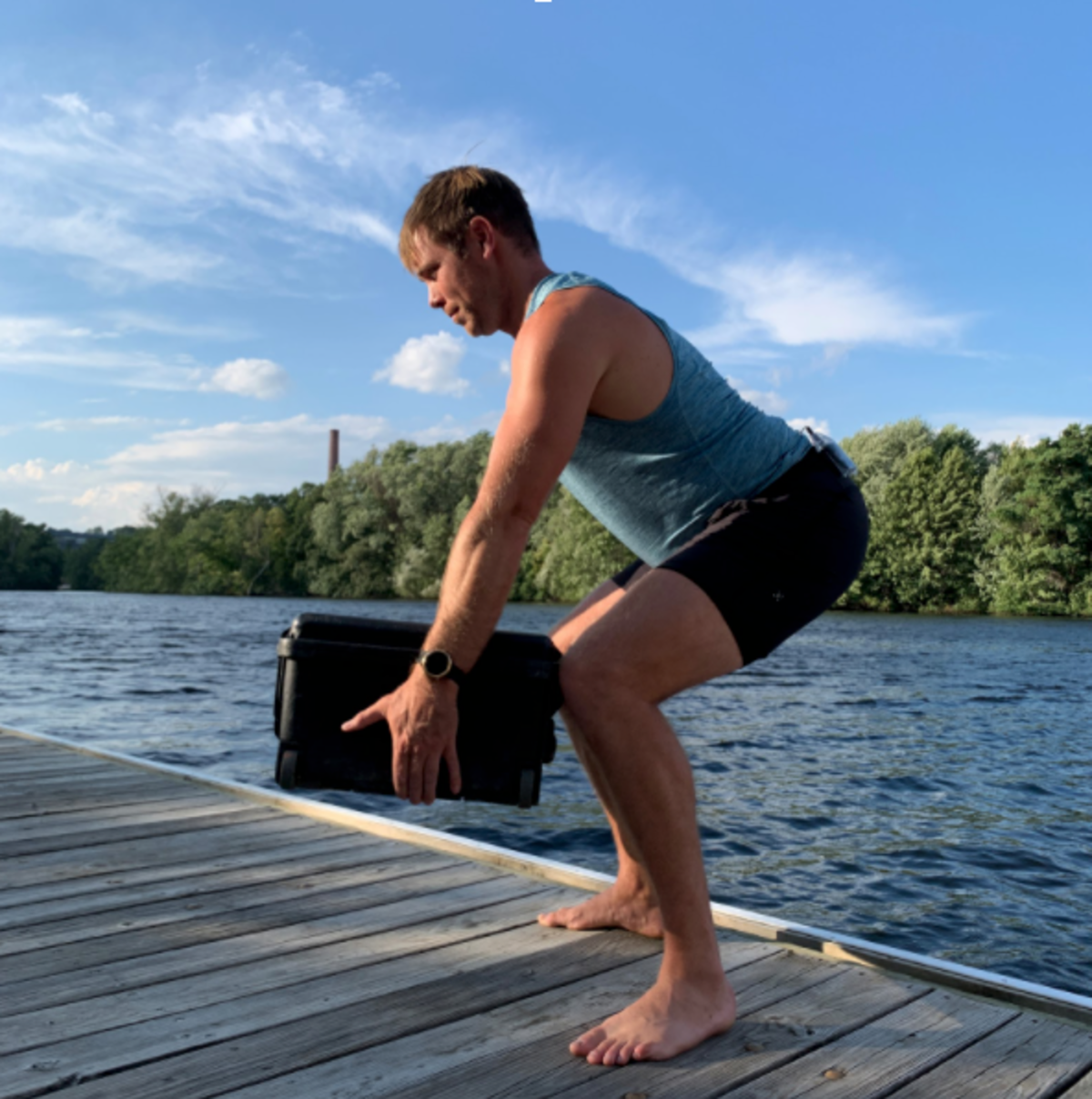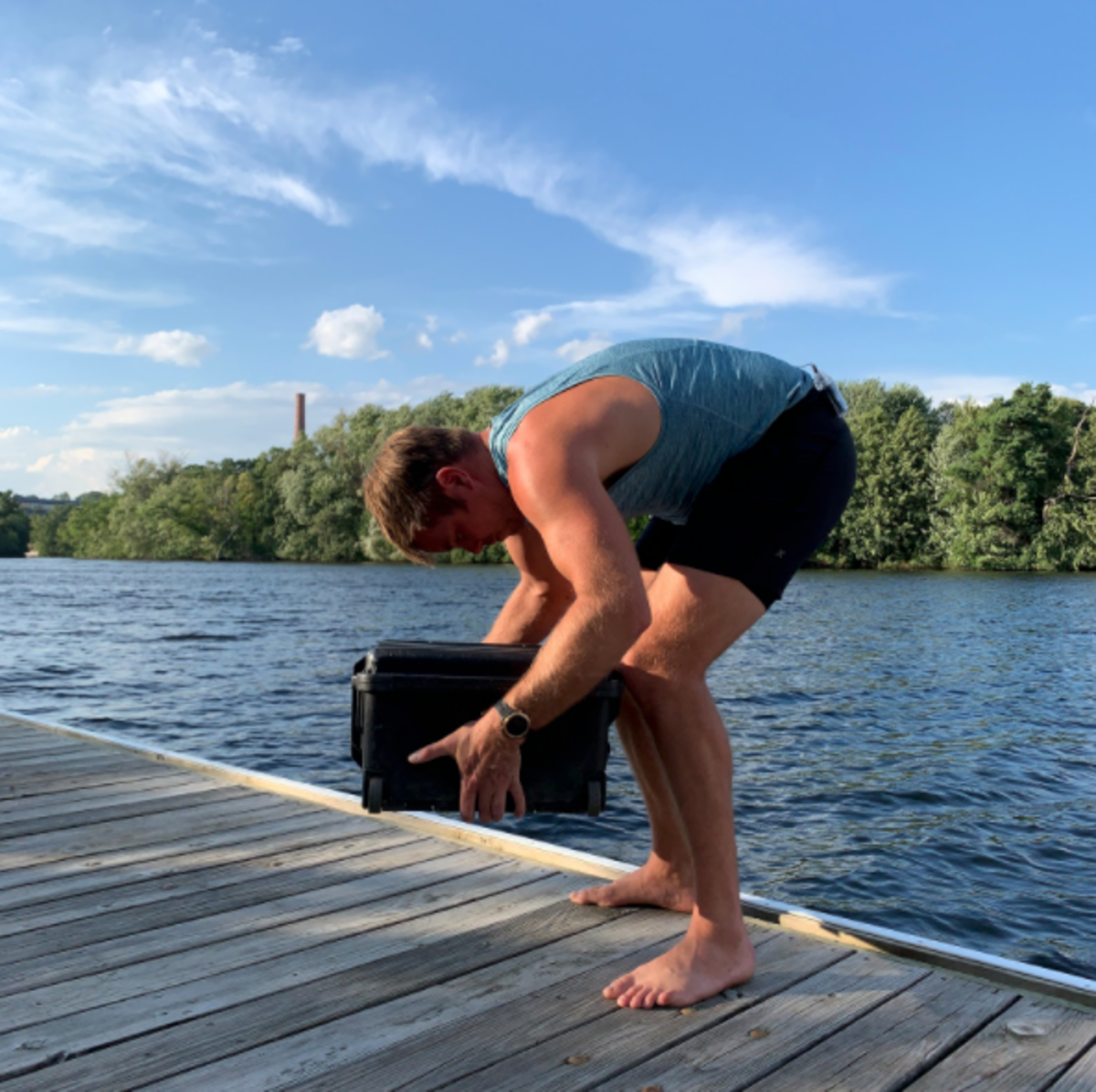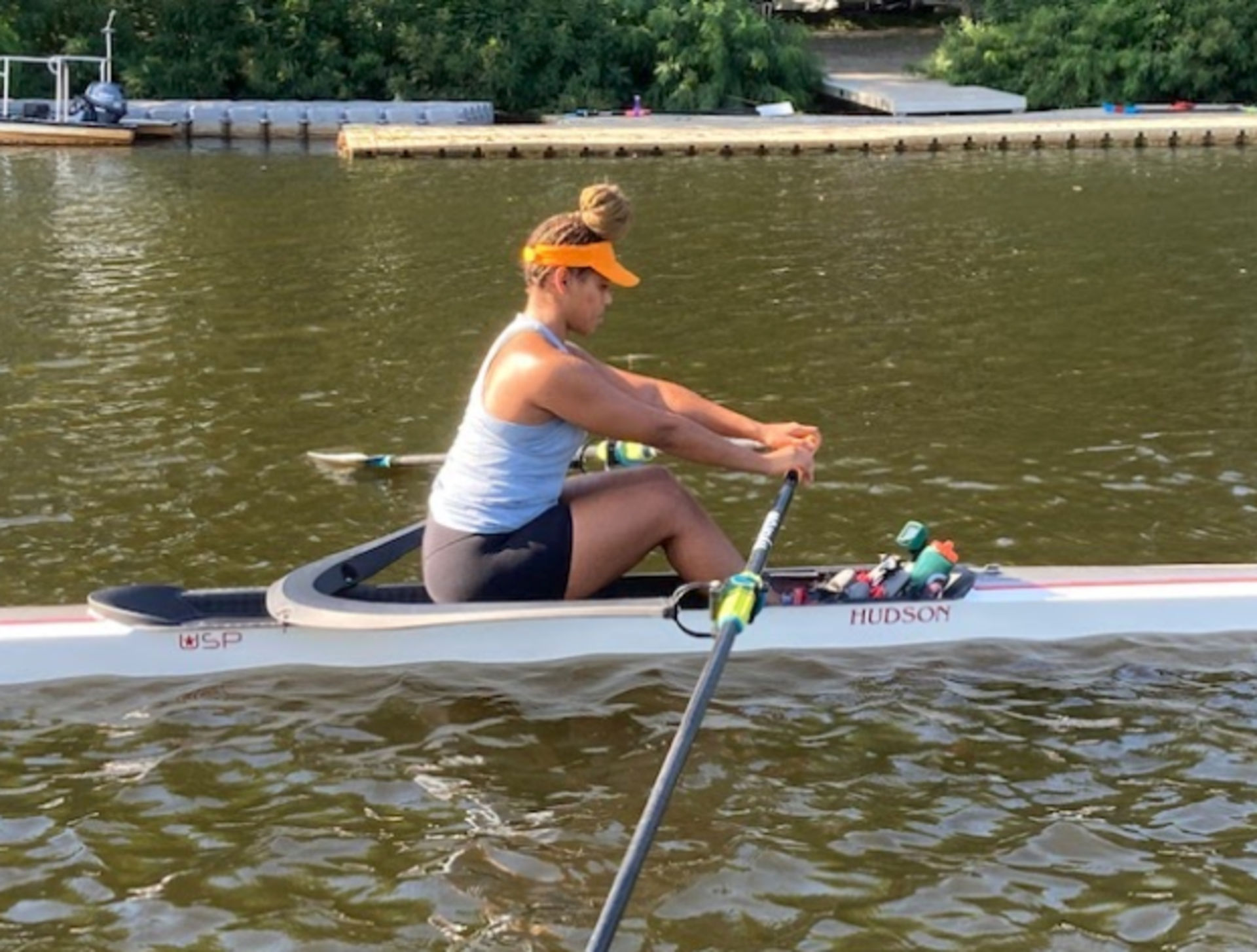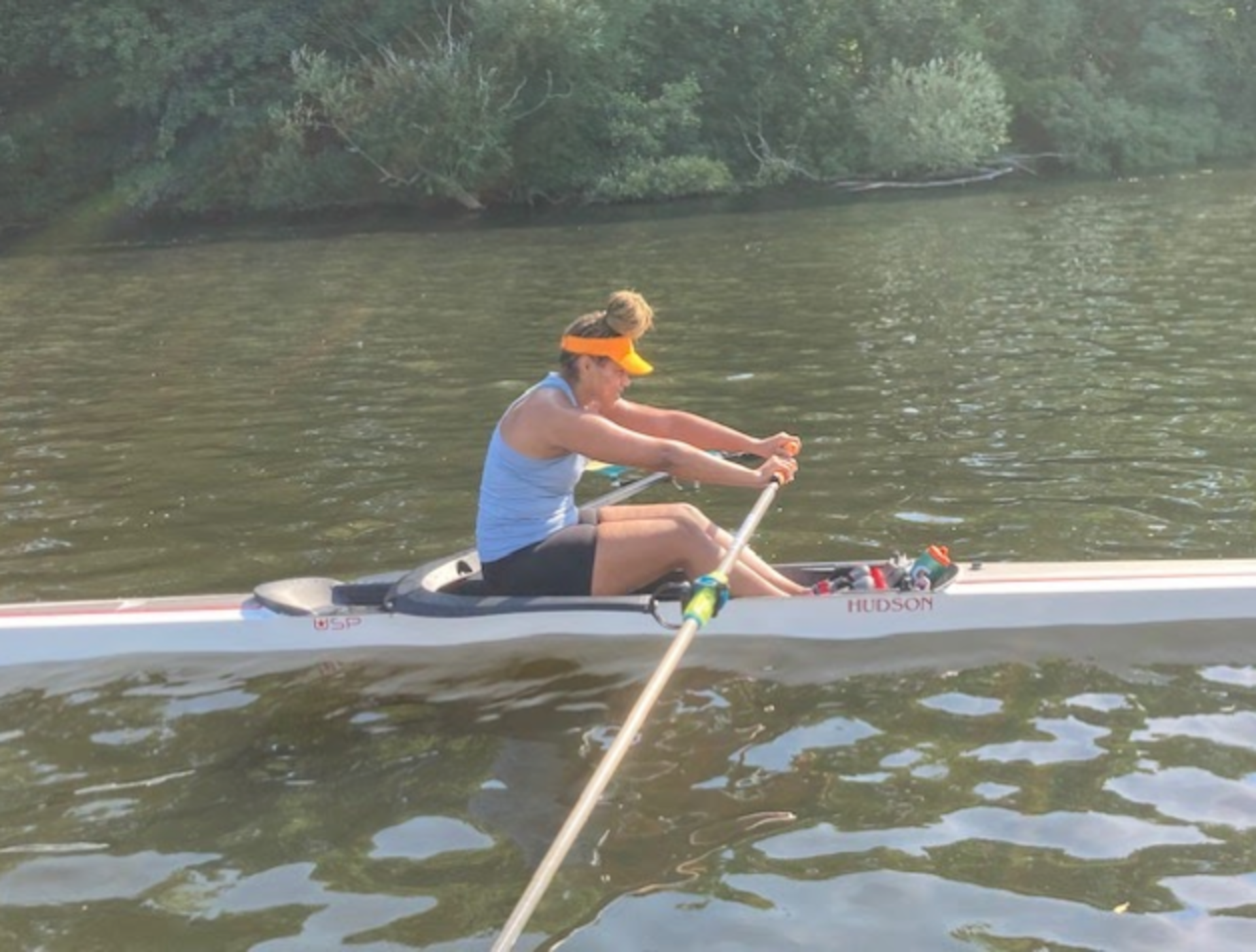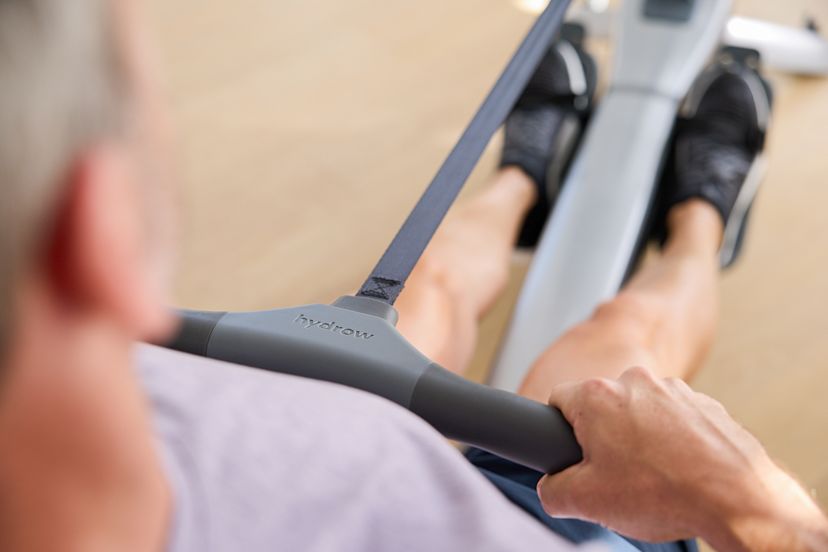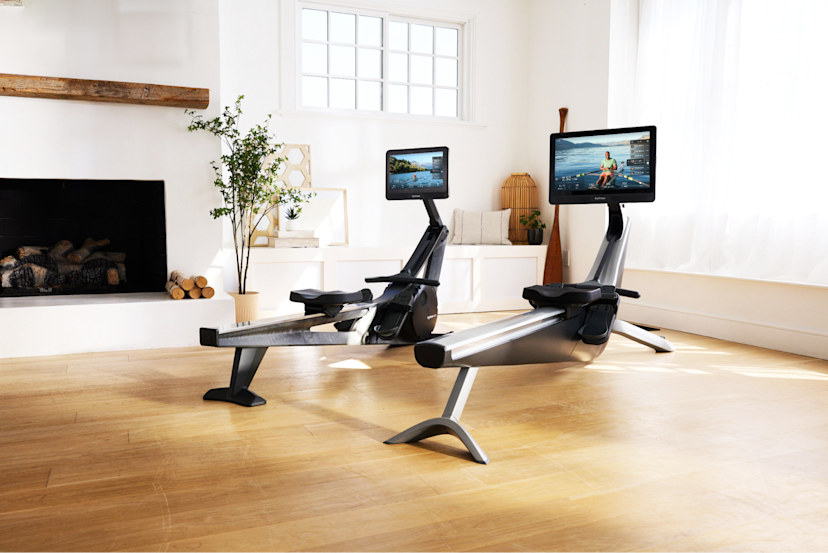Life is Short, Row Hard

Hydrow Chief Coach Justin Moore explains the essential qualities that will help shorter rowers maximize their ability to perform on the Hydrow.
There’s an old idiom that’s perfect for rowing as it relates to height: It’s not the size of the dog in the fight, it’s the size of the fight in the dog. As a whole-body leverage sport, rowing often rewards athletes with long limbs and long strokes. However, just as basketball can be enjoyed by people of all shapes and sizes, rowing is a fantastic fitness activity for anyone regardless of height or build.
Before we get into the best technique for vertically-challenged rowers, let us nerd out for a second. Power (P) is defined by the amount of work (W = energy) one produces over time (T). In equation form, that means P = W*T. Accordingly, there are two ways to increase your power output on your Hydrow: 1. Increase the intensity of your push (legs), which will put more work into the machine. 2. Increase the amount of time you push with any given intensity, which will allow you to take a longer stroke.
Shorter athletes often feel limited, but there are a couple important qualities you can use to compete with the tallest and strongest of rowers:
Physical - The most important quality in an elite rower is not the size of their frame or length of their limbs, but the size and capacity of their aerobic system. Smaller people with great fitness/aerobic capacity can and do beat larger rowers all the time. How do you develop a strong aerobic system for rowing, you ask? Practice, practice, practice. Key Qualities: Consistent Training (4-5X/week); Aerobic Power; Aerobic Endurance
Mental - Referencing the expression in the opening paragraph of this post, “the size of the fight in the dog,” the sport of rowing takes tremendous tenacity and perseverance. Those who are willing to lean into the discomfort will often beat those who are not - of any size or height. Key Qualities: Mental Consistency; Mental Toughness; Grit; Persistence.
Technical - While shorter rowers are limited by the overall length of their limbs, they can combine the motion of their legs, core, and arms to maximize their available length via good technique. The most important technical move a shorter rowing athlete can make is to learn to pivot from his/her hips properly. This increases mechanical strength while increasing length. Key Qualities: Excellent Mobility; Mechanical Power; Outstanding and Consistent Technique
The motion of rowing is similar to lifting a heavy object. Lifting occurs on a vertical plane while rowing is horizontal, but the principles are the same.
Good Form
Bad Form
Everyone is aware of “good form” when lifting a heavy object from the ground. In photo #1 James Dietz demonstrates the correct position for loading the glutes, legs and hips. This position also protects the back. Conversely, in photo #2 James demonstrates an improper lift, which puts more effort on the arms and back and puts him at risk of injury. If you think of rowing like lifting, and maintain good form with your hip pivot, you will row longer and stronger.
Applying the Formula and Key Qualities to Your Rowing
So now we know that your overall performance on the Hydrow will be affected by the formula P = W*T and the key physical, mental and psychological qualities of fast rowers. Let’s get away from theory and move to specific coaching that can help you go faster on your Hydrow.
Develop Power - The largest muscles in your body, and the most essential to rowing, are the Gluteus Maximus (your butt) and quadriceps (upper thighs). When you set your hips properly, the tilt provides maximum access to your most powerful muscles. Setting your hips to more efficiently target the glutes, hips, and quads will use more oxygen, burn more calories, and lower your 500M split. Like picking up a heavy object (see above), proper form is essential, and it is all in how you access the power of the hip, glutes, and legs.
Develop Length - Proper hip alignment is also important for rowing the longest stroke possible. Everyone knows how to do it, in fact you do it every day when you stand up from a seated position. Try it in slow motion from any chair. Slowly move into a position that will allow you to lift yourself up by just an inch or two off your seat. Note the position of your lower back. You will have shifted your weight so that it is centered over your feet (which is where we push from in both standing and rowing). Your low back will be well set (straight and strong). Your belly will be forward and there will be a distinct crease in your hip joint. If you extend your arms long in front of you, this is the position we want you to row in.
Good Form
Bad Form
In photo #1, Athlete Michelle Sosa demonstrates great posture at ¼ slide. Her lower back is straight and strong, her abdomen is forward and braced, and her shoulders are set strongly to her core. This is the critical position for taking long, powerful strokes. In photo #2, Michelle demonstrates an incorrect pivot at ¼ slide. Her lower back is rounded as she attempts to achieve length by reaching with her body, shoulders, and arms. The position limits both length and power.
In summary, if you have ever wondered if shorter rowers have a disadvantage over taller rowers, it’s all in how much you practice, how well you work on your form, and the tenacity with which you push yourself to be the best you can be. Height can start as an advantage, with tall rowers naturally having longer arms and legs, but being of smaller stature should never limit you. Use these tips as guidelines for improving your Hydrow workout routine. And of course, pay attention to our Athletes’ instructions during your on-Hydrow or in-App training, where you can see and practice in real time.
See you on the water, Chief Moore
